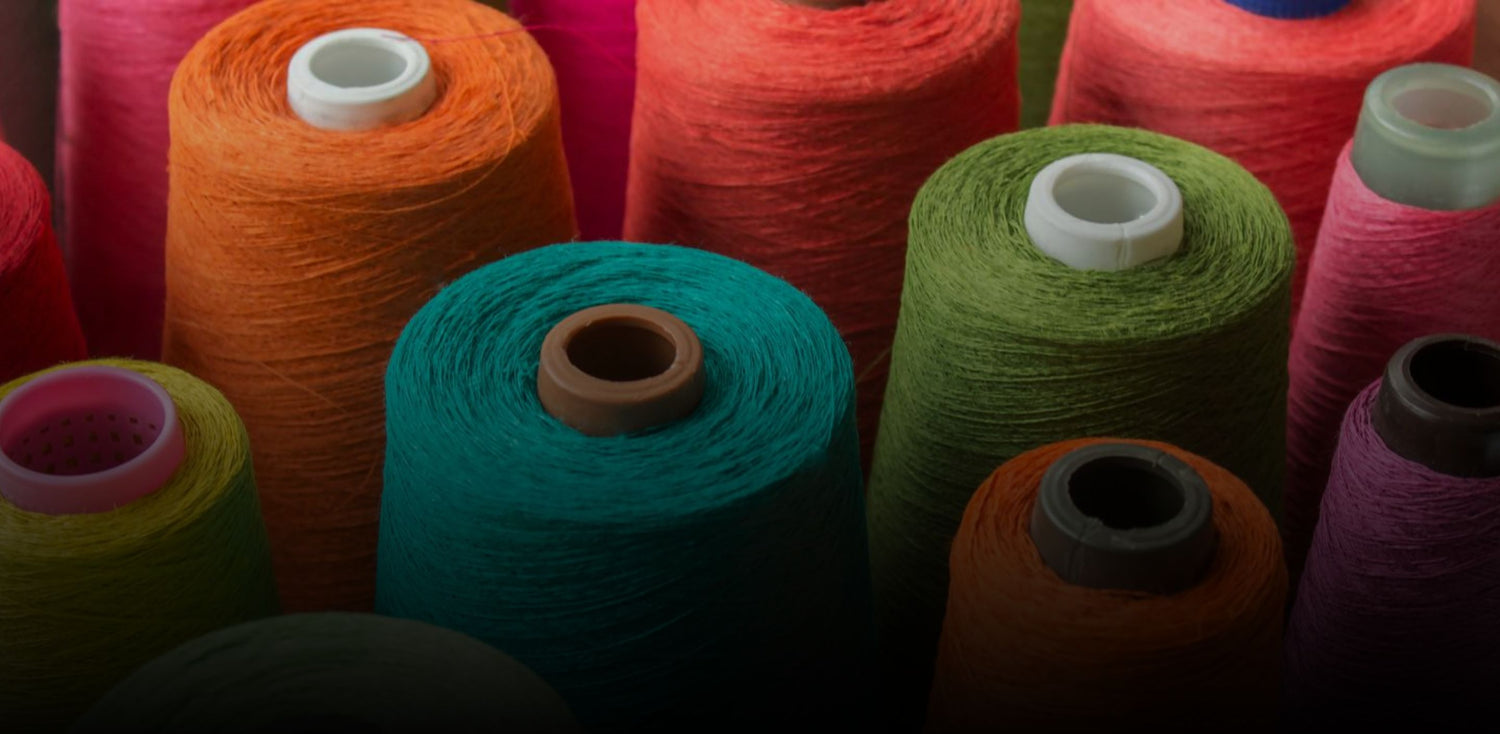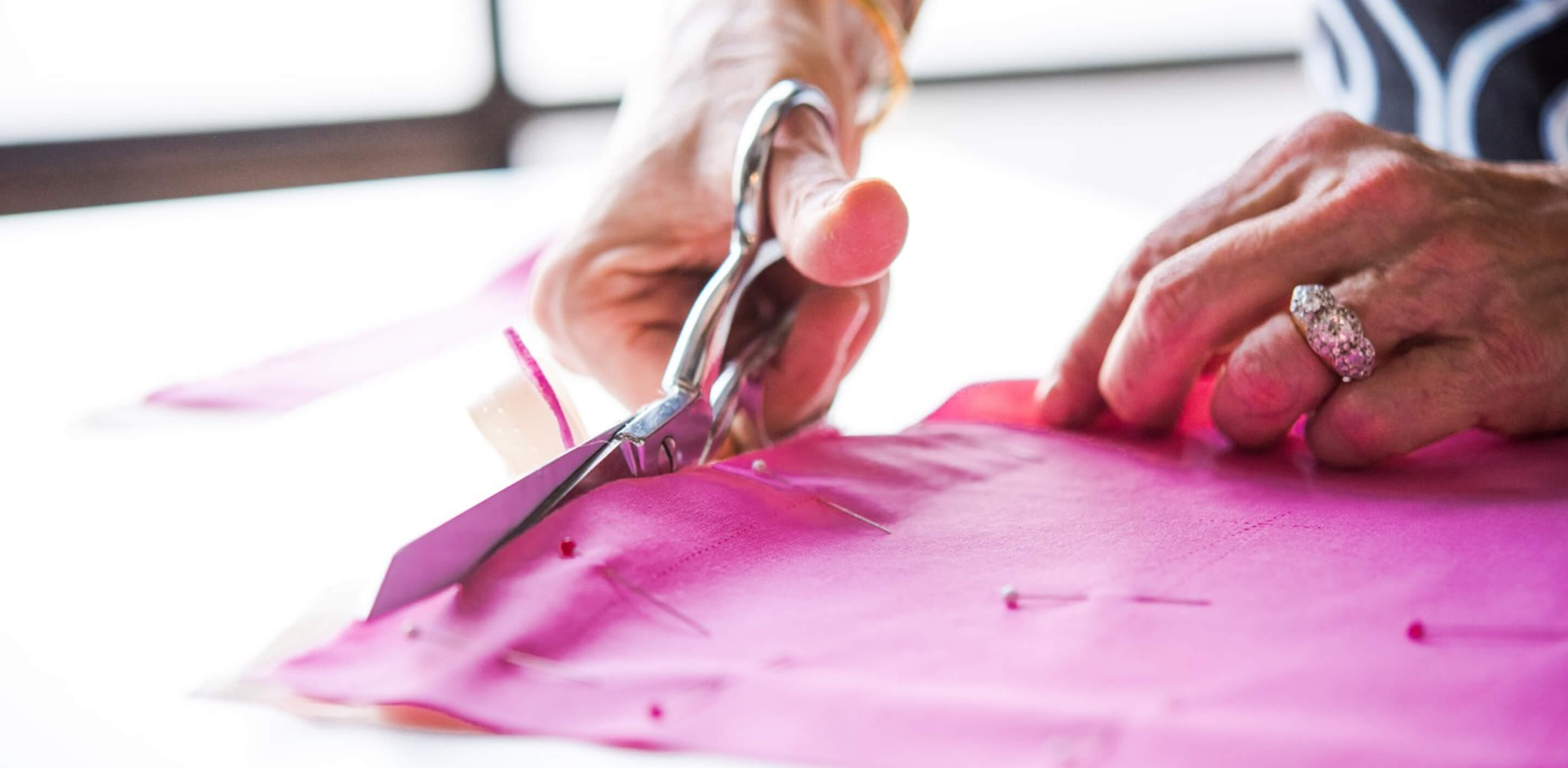Do you know that several aids have been provided by the sustainable textile dyeing and finishing process towards the consumption of natural resources and waste generation? Mainly, sustainable development focuses on the technological, cultural, social, and environmental aspects of the production of textiles.
It can be said that the textile industry faces numerous challenges during the process of dyeing and finishing. The sector comprises processes such as coloration and processing of units within the textile industry which is high in cost and demands harmful chemicals.
Basically, sustainability is a main element that stays as a prescription for several challenges faced by the industry during managing the usage of water, chemicals, and energy.
In this blog we will be discussing sustainable dyeing methods such as plasma, bio-mordants, eco-friendly and so on that will help you in enriching the properties of fabrics without inducing any harmful effects on the atmosphere.
Processes of natural, eco-friendly dying

Vegetables, minerals, and even animals are just some of the natural resources from which natural dyes are derived. Synthetic fabric dyes are the result of a wide variety of chemical reactions involving dye intermediates derived from petroleum. These have a high energy footprint and pollute our air and water with toxic chemicals. Many scientists all over the world have revisited the question of how to make eco-friendly natural dyes textile products for future eco-textiles in light of the pollution problem caused by synthetic dyes.
Vegetables are popular because of the rainbow of colors they offer. It has been employed for more than a millennium to impart color to leather, textiles, and other handicrafts. Natural dyes such as annatto, indigo, annatto leaves, indigo, marigold, onion leaves, and turmeric are cultivated.
Sustainable finishing process using natural materials
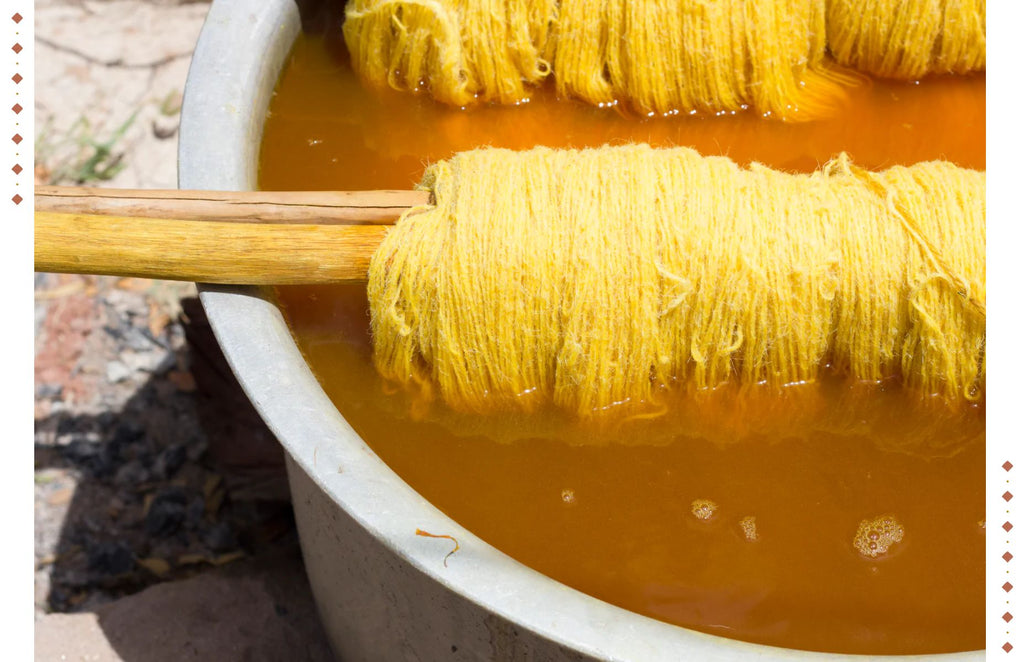
The value of textiles can be greatly increased through the finishing process. Unfortunately, many types of finishing involve the use of potentially harmful chemicals. As the public becomes more aware of the dangers of global warming, natural, eco-friendly ingredients are increasingly used in the finishing of textiles.
Surface modification by plasma treatment for coloring & finishing

In order for textiles to be dyed and finished, a reactive surface must be created through the process of surface modification. Plasma technology is used in the textile industry to enhance a variety of features, including durability, hydrophobicity and hydrophilicity, antistatic properties, adhesion properties, functionalized fiber, dyeability, and printability. It's applied to the surface of textiles to enhance their practical qualities. These innovations lessen the toll taken on the environment by the textile dyeing and finishing processes. When it comes to textile technologies, plasma is one of the most forward-thinking and eco-friendly options.
Bio-mordants

An increase in the fastness of natural dyes can be achieved with the help of a mordant, a metallic compound that promotes the formation of a bond between the dye and the fabric. While turmeric and other natural dyes with high substantivity can be used without a mordant. But most natural dyes can't hold their shape very well. It is for this reason that the application of a mordant is essential. Harmful mordants include those made from copper and chrome. Therefore, bio-mordants could be a safe and effective substitute for traditional metal mordants.
Substituting Solvents for Dye
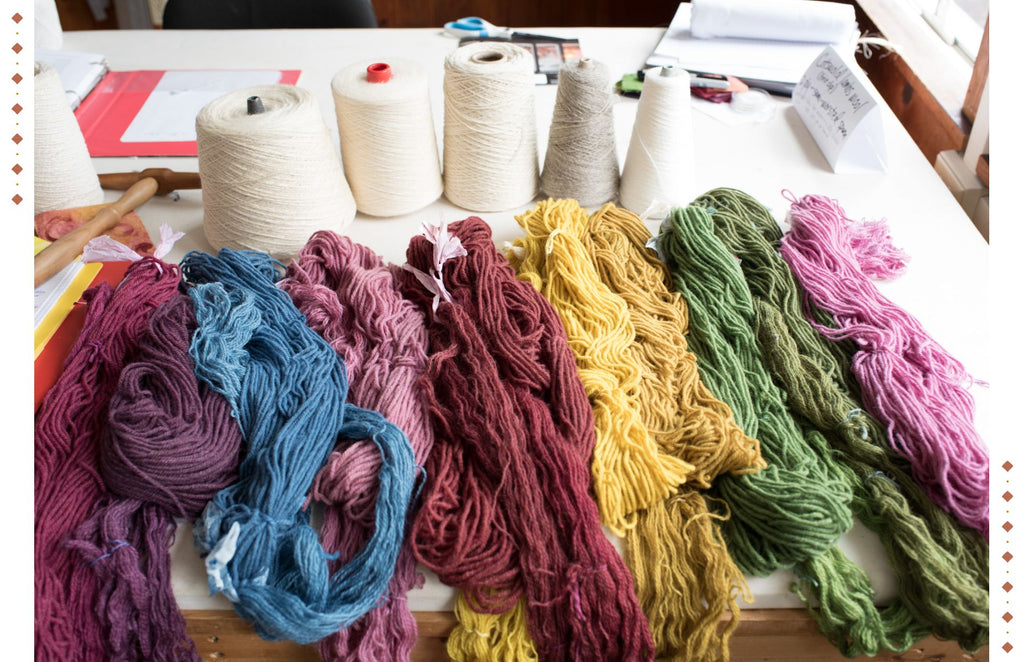
One of the most water-intensive steps in the textile production process is the dying procedure. In addition, the effluent from the dyeing unit includes numerous organic and metallic compounds as well as toxic chemicals, dyes, pigments, salts, and acids. In order to counteract the many drawbacks associated with wastewater that has been polluted by dyes, sustainable textile production is essential. To minimize the harmful effects of dyes and pigments, solvent dyeing has been heralded as a sustainable practice.
In the solvent dyeing method, dyes are not diluted in water but rather dissolved in solvents. This allows dyes to penetrate fabrics better. Carbon dioxide at its supercritical state is a useful solvent for this method. Dye dissolution is dramatically improved by its unique properties, such as low viscosity and high density. Because of this, it can also be used as an effective fiber dyeing medium.
Epilogue
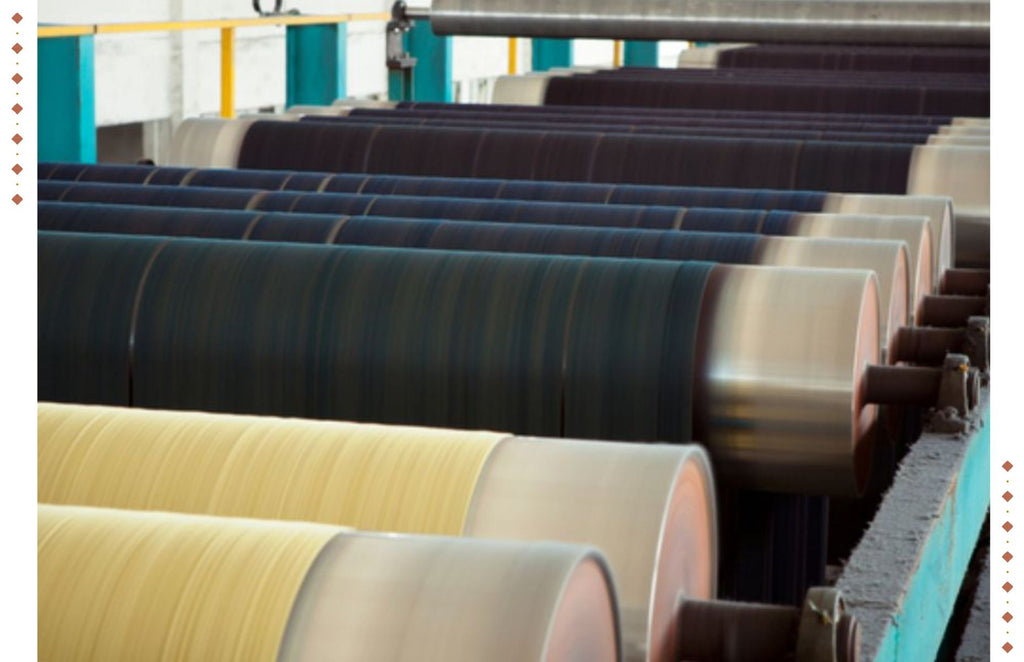
Using natural dyes and finishes is better for the planet than using the outdated techniques that are currently in use. The urgency of finding lasting answers increases daily. The textile industry currently employs some eco-friendly methods, such as plasma technology, nanotechnology, and UV technology. Thus, sustainable dyeing and finishing processes in the textile industry have received a lot of attention for the developing concept of sustainability.
FAQ
How is natural dyeing sustainable?
The waste generated from synthetic dyes can cause environmental issues and can be classified as hazardous waste, whereas the usage of natural dyes can generate fewer pollutants in the environment.
How sustainability can be achieved in the textile industry?
There are many ways by which sustainability can be achieved in the textile industry including increasing the value of local production, decreasing the amount of waste, and elevating the value of timeless clothing.
We also happen to be a magnet for suggestions, and would love to catch yours….throw us yours on hello@fabriclore.com


